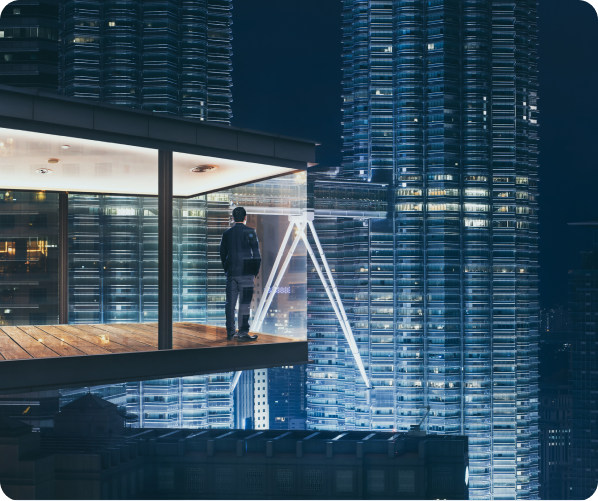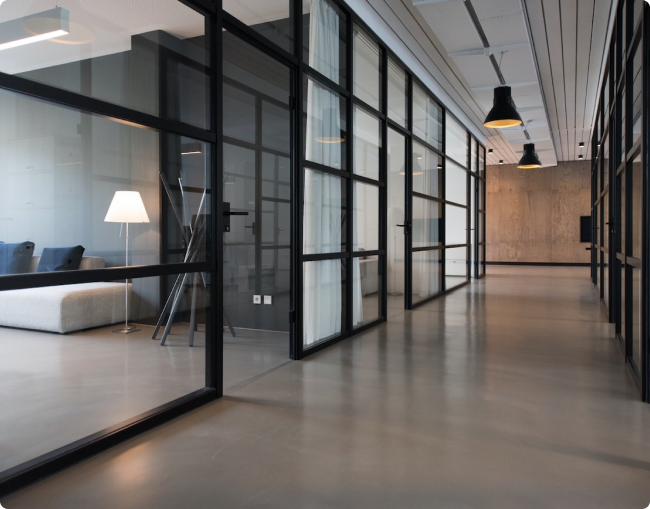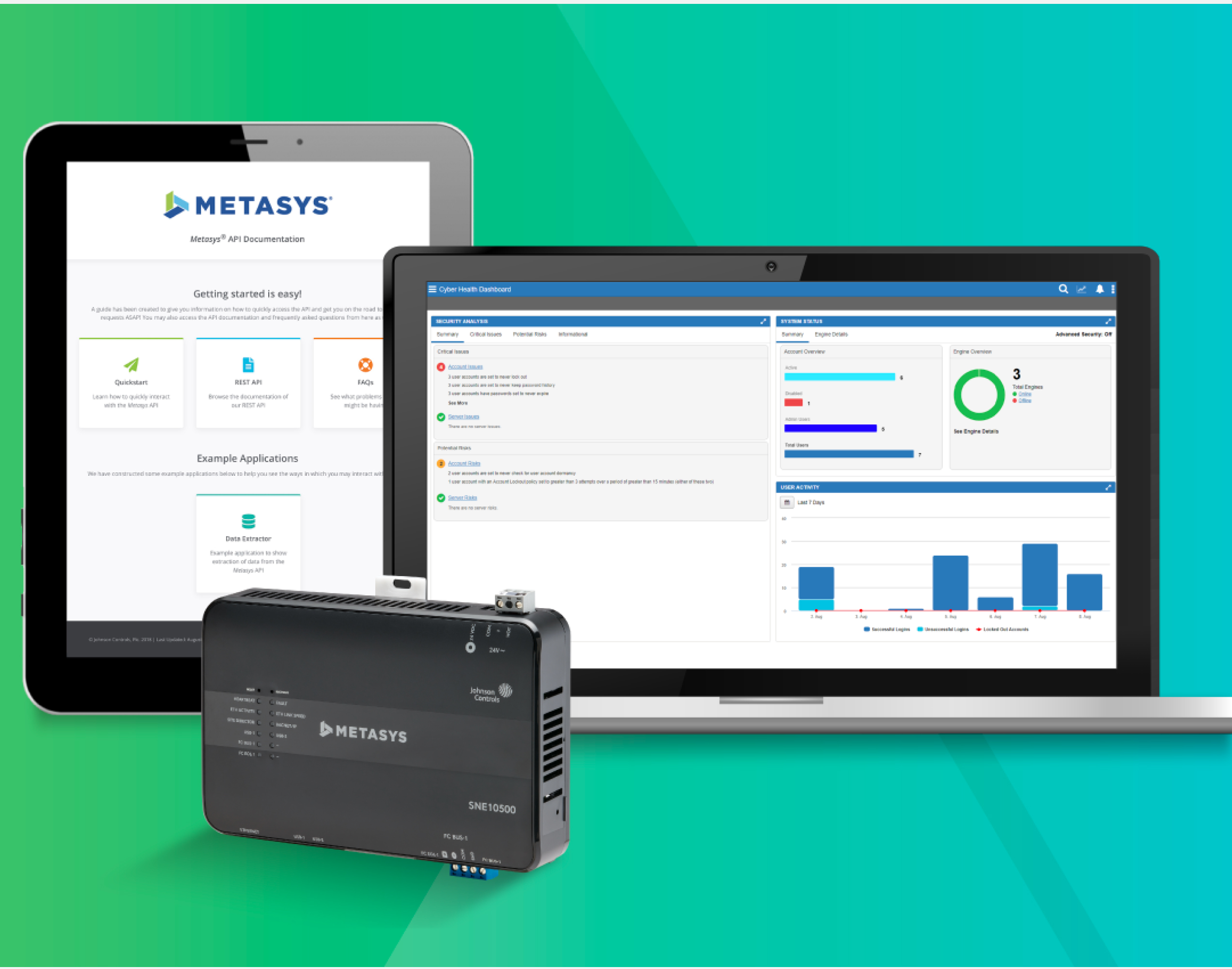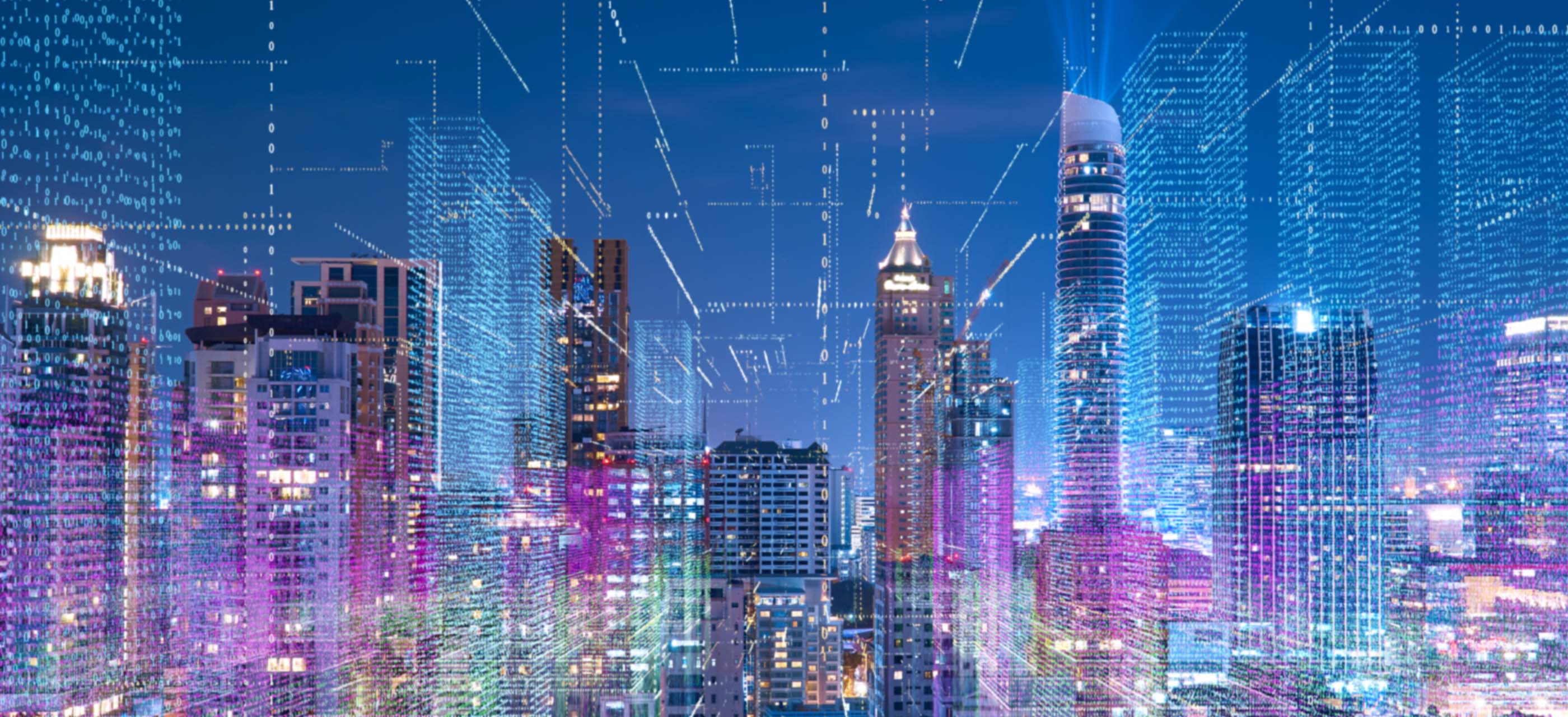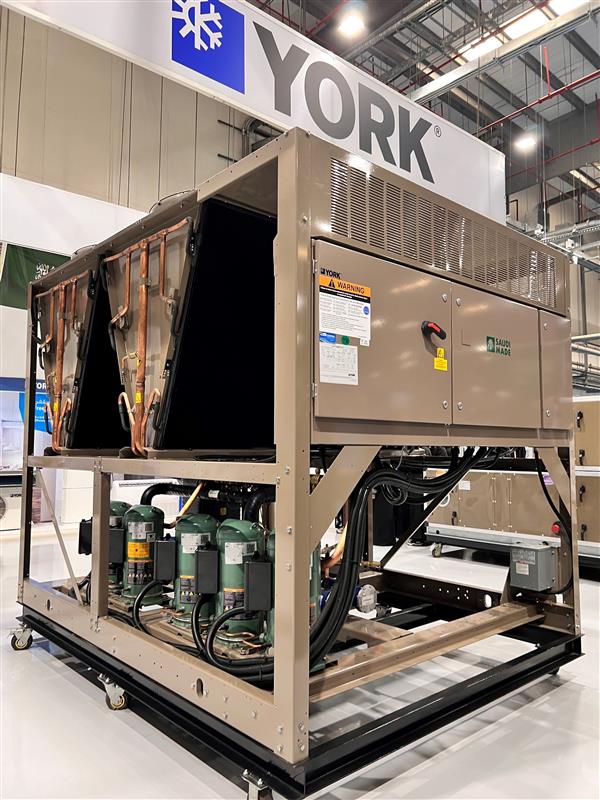Cooling is in the Middle East a necessity, not a luxury. In a region where temperatures regularly push limits, HVAC systems have become essential to everyday life. However, the way these systems are currently designed and powered comes with a long-term environmental cost. This has made decarbonizing HVAC a critical priority in the region's broader transition toward sustainability.
The Need for Decarbonization: Understanding HVAC's Impact on the Environment
Cooling our homes, offices, and public spaces keeps us comfortable, but it also comes at a steep price: rising carbon emissions, growing pressure on energy grids, and escalating climate risks.
Traditional HVAC systems depend heavily on energy from non-renewable sources. Most buildings rely on electricity that comes from fossil fuels, meaning that every hour of cooling contributes to the release of carbon emissions. As demand for air conditioning grows with expanding cities and rising temperatures, this link between comfort and emissions becomes more difficult to ignore.
Decarbonizing HVAC is about reducing this impact. It involves rethinking how cooling is delivered, what powers it, and how systems are managed over time. For the Middle East, where demand for cooling is among the highest globally, addressing this challenge is fundamental to any environmental strategy.
Sustainable Cooling Technologies: Innovative Solutions for a Greener Future
Technological innovation is playing a key role in making HVAC more sustainable. A variety of solutions are now being deployed to reduce both energy use and emissions without sacrificing performance.
High-Efficiency HVAC Systems
Modern air conditioners with advanced designs (such as inverter-driven units and Variable Refrigerant Flow systems) deliver the same cooling with far less power.
For instance, VRF systems adjust compressor speed to match the cooling load, saving energy, especially at partial loads.
Another approach is relying on smart controls that adjust cooling based on occupancy and outdoor conditions. These systems respond to real-time data, ensuring that cooling is only provided when and where it is needed.
Using high-efficiency, smart AC units and climate-friendly refrigerants can reduce energy consumption and cooling emissions.
District Cooling & Thermal Storage
Instead of each building running its own system, district cooling systems use centralized plants to chill water and pipe it to multiple buildings. This approach can cut electricity use by up to 50% compared to conventional cooling systems.
It also shifts much of the cooling energy load to off-peak hours by storing cold water (or ice) for later use, easing the strain on the grid.
Green Refrigerants
Innovations in refrigerants are reducing HVAC's climate impact. New cooling systems are using refrigerants with low or zero global warming potential. Simply opting for refrigerants that don't harm the environment and using leak-free systems can eliminate a major hidden source of emissions. Progress in design and installation practices is already cutting refrigerant leakage rates in modern AC units.
Alternative Approaches
New technologies are also challenging the conventional model of refrigeration-based cooling. Evaporative cooling methods (which use water evaporation to cool air) are being improved to work in the region's climate. One advanced approach, known as the Maisotsenko Cycle, offers much higher efficiency than traditional systems and operates without any refrigerants.
Other approaches include solar-powered cooling systems. Artificial intelligence and IoT are also being applied to HVAC, from AI-optimized compressor designs to smart thermostats and sensors that adjust cooling based on occupancy, maximizing comfort with minimal energy.
Together, these technologies form a growing toolkit for sustainable cooling, offering flexibility to meet different climate, infrastructure, and economic conditions.
Government Initiatives and Regulations Promoting Sustainable HVAC in the Middle East
Public policy is playing a pivotal role in driving HVAC decarbonization across the Middle East. Governments in the region have begun implementing stricter energy standards and incentives to encourage sustainable cooling. In many Gulf countries, regulators now mandate a higher Seasonal Energy Efficiency Ratio (SEER) for air conditioners.
Several Middle Eastern countries have announced long-term climate strategies (such as the UAE's net-zero emissions by 2050 strategy), which explicitly call for decarbonization in the construction sector and sustainable cooling adoption.
The Role of Renewable Energy in Decarbonizing HVAC Systems
Switching to renewable energy sources for powering HVAC is a cornerstone of decarbonization. If air conditioning is run on clean electricity, its carbon footprint drops dramatically. As HVAC industry experts note, changing the power generation source to green energy reduces carbon emissions faster since the energy consumed has low emissions at the source. In the Middle East, this often means leveraging the region's most abundant resource: sunshine.
Renewable integration can take several forms. The simplest is deploying solar photovoltaic panels on rooftops or in solar farms to supply electricity to conventional electric chillers and AC units. With solar power becoming cheaper and more widespread in the Middle East, daytime cooling loads can increasingly be met without burning fossil fuels.
Future Trends: How Sustainable HVAC Will Shape the Middle East's Urban Landscape
Looking ahead, sustainable HVAC solutions are poised to become a defining feature of the Middle East's urban landscape. One major trend is the rise of net-zero energy buildings. In these buildings, solar panels, smart HVAC controls, and high-performance insulation work in harmony to enhance energy efficiency and achieve near-zero emissions cooling.
As the Middle East continues its rapid urban growth, new developments are increasingly designed with climate in mind: expect to see more green buildings with integrated solar façades, natural ventilation features, and energy-recovery HVAC systems that reuse waste heat or cold.
City planners are also incorporating district-wide cooling infrastructure in future city designs. Instead of the old model of each tower having dozens of AC units, tomorrow's cities may rely on neighborhood cooling plants and insulated pipe networks to efficiently distribute cooling.
Many Middle Eastern cities are investing in "smart city" technologies, meaning HVAC systems will increasingly be tied into broader smart technologies and demand-response programs. This allows, for instance, the pre-cooling of buildings when excess solar power is available or slight temperature adjustments during peak load periods, all coordinated through AI to balance comfort and efficiency.
Blending Comfort and Sustainability with Johnson Controls Arabia
At Johnson Controls Arabia, we are proud to offer the region's most comprehensive HVAC portfolio and smart building solutions, designed specifically for the Middle East's demanding climate and infrastructure needs. Our mission is to help businesses across different sectors reduce their carbon footprint without compromising comfort or performance.
Through advanced building management systems, high-efficiency chillers, and integrated smart technologies, we empower our clients to optimize their energy use and align with national sustainability goals.
Contact us today to learn more about our energy-efficient cooling solutions.






























